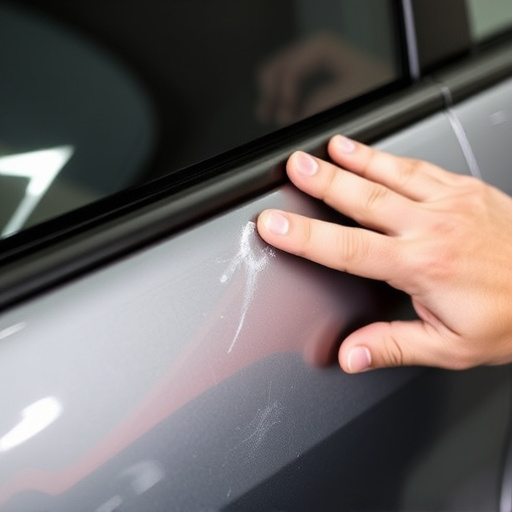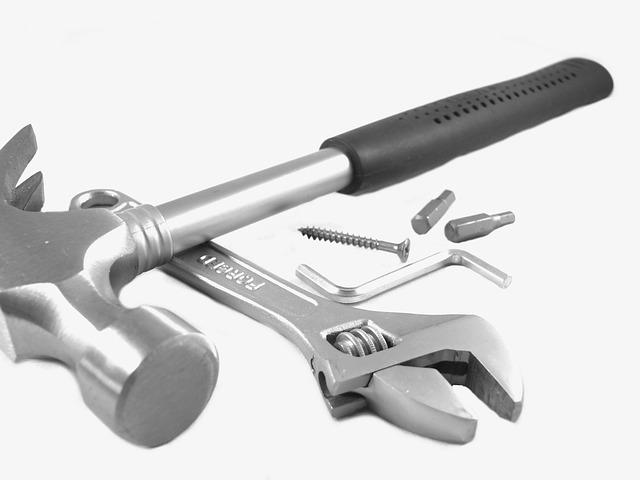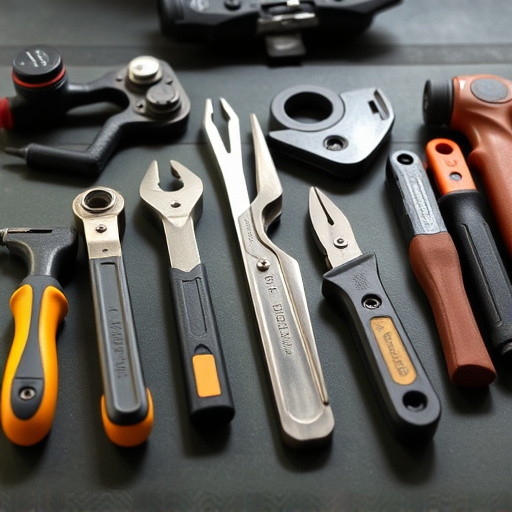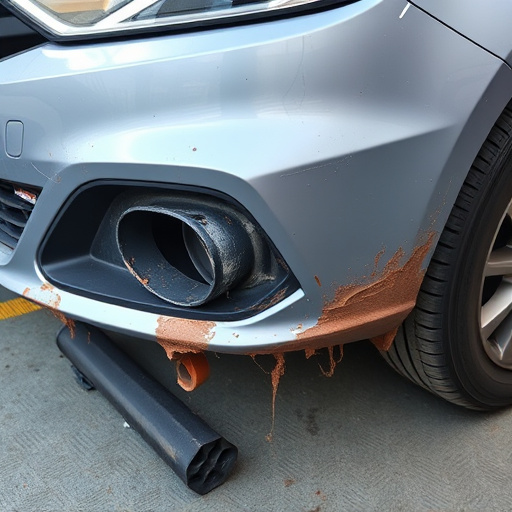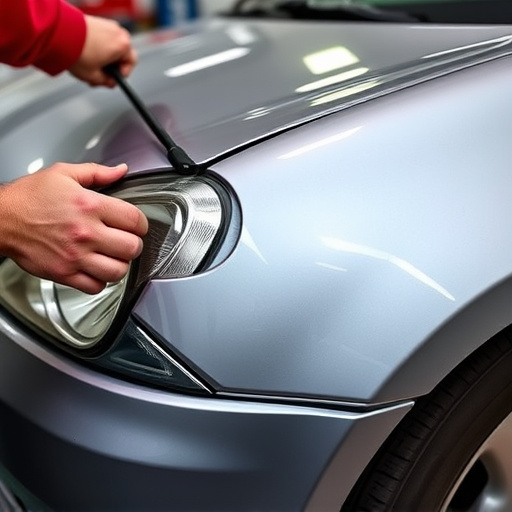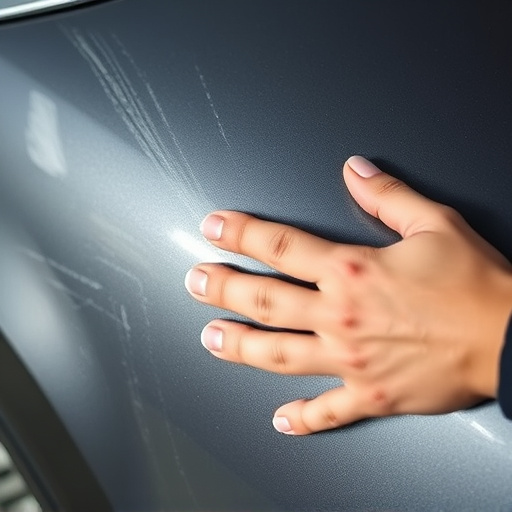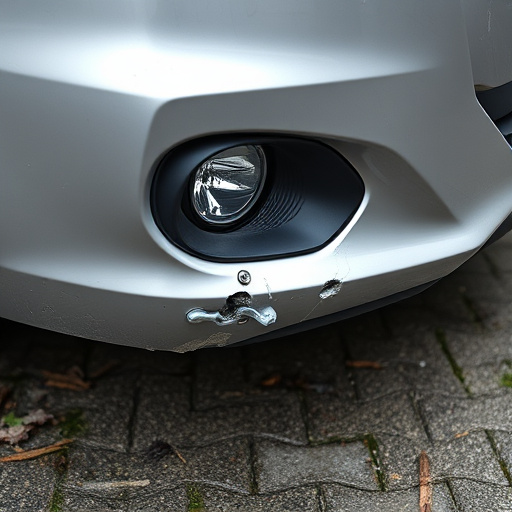Waterborne and solvent-based seam sealers serve distinct purposes in auto collision repair. Waterborne options are environmentally friendly, odourless, and fast-drying, ideal for internal applications. Solvent-based sealers offer superior adhesion and flexibility, suitable for external use despite environmental concerns. Choice depends on application needs, with waterborne excelling in minor repairs and solvent-based providing precise application for hard-to-reach areas. Durability differs, with waterborne offering better long-term resistance to environmental factors.
Waterborne vs Solvent-Based Seam Sealers: Which Is Right for Your Project? In the world of industrial sealing, understanding the nuances between waterborne and solvent-based seam sealers is crucial. This article delves into the heart of these two common types, exploring their unique properties, application methods, and performance differences. From durability to environmental impact, we break down how to choose the best seam sealer for your specific needs, ensuring optimal results in any project.
- Understanding Waterborne and Solvent-Based Sealers
- Seam Sealer Application: Method Differences
- Performance Comparison: Durability and Benefits
Understanding Waterborne and Solvent-Based Sealers

Waterborne and solvent-based seam sealers are two commonly used options for various sealing applications, including those in the auto collision repair industry. When it comes to understanding these products, knowledge of their compositions and properties is key. Waterborne sealers, as the name suggests, are based on water as the primary solvent. They are known for being environmentally friendly due to their low or zero volatile organic compound (VOC) emissions. These sealers are often chosen for internal applications where odor and VOC concerns are significant, such as in a car repair shop or auto collision center.
On the other hand, solvent-based seam sealers rely on organic solvents to dissolve and distribute the resin. This type is popular for external applications due to its superior adhesion and flexibility. Despite some concerns about their environmental impact, modern formulations have improved, offering faster drying times and reduced odour, making them a viable option for professional car collision repair services. The choice between waterborne and solvent-based sealers depends on the specific seam sealer application requirements and the desired end result.
Seam Sealer Application: Method Differences

When it comes to applying seam sealers, there are distinct methods between waterborne and solvent-based options. In a collision repair shop or auto painting facility focusing on vehicle restoration, understanding these differences is crucial for achieving professional results.
Waterborne seam sealers, popular for their low odor and quick drying time, are typically applied using airless spray equipment. This method ensures even coverage and reduces the risk of over-saturating materials, making it ideal for intricate auto body shapes. On the other hand, solvent-based sealers often rely on traditional brushing or rolling techniques. While this approach may be more labor-intensive, it offers greater control over application, allowing for targeted areas to receive the desired amount of sealer, particularly in hard-to-reach spots that are common in vehicle restoration projects.
Performance Comparison: Durability and Benefits

When comparing waterborne and solvent-based seam sealers, durability is a key performance metric. Waterborne sealers, often favored in automotive body work and collision repair shops due to their low odor and fast drying time, typically offer superior long-term resistance to environmental factors like UV exposure and moisture. This makes them a preferred choice for fender benders and other minor repairs where quick turnaround times are essential.
In contrast, solvent-based sealers provide immediate results during the seam sealer application process, making them popular among professionals who need rapid sealing for temporary fixes or specific repair areas. While they may not match waterborne options in terms of overall durability, solvent-based sealers can still offer adequate protection against water intrusion and minor weather damage, particularly when combined with proper surface preparation.
When comparing waterborne and solvent-based seam sealers, understanding their unique properties is key. Both have their merits, with waterborne sealers offering environmental friendliness and quick drying times, while solvent-based options provide superior flexibility and strength. The choice depends on the specific application, climate, and desired performance. For optimal results in seam sealer application, consider the method differences and choose a sealer that aligns with your project’s needs, ensuring long-lasting durability and enhanced protection for various materials.
